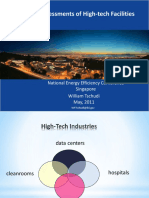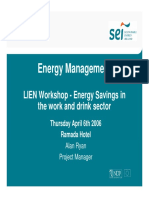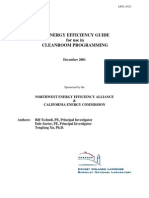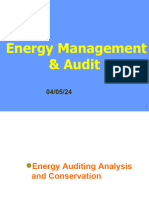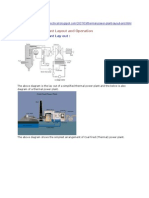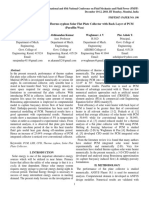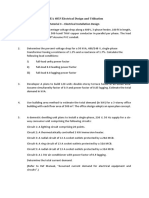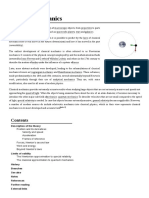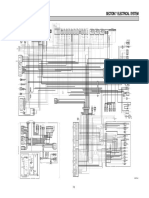0% found this document useful (0 votes)
5 views7 pagesV5
The document serves as a comprehensive onboarding guide for Mechanical Engineers in Utilities and Energy, detailing steps for energy strategy, decarbonization planning, ISO 50001 certification, and utility system optimization. It includes specific actions, tools, and stakeholders involved in each process, along with a summary action plan for the first year. The guide emphasizes the importance of data collection, analysis, and cross-functional collaboration to achieve energy efficiency and sustainability goals.
Uploaded by
nidhispatel2Copyright
© © All Rights Reserved
We take content rights seriously. If you suspect this is your content, claim it here.
Available Formats
Download as PDF, TXT or read online on Scribd
0% found this document useful (0 votes)
5 views7 pagesV5
The document serves as a comprehensive onboarding guide for Mechanical Engineers in Utilities and Energy, detailing steps for energy strategy, decarbonization planning, ISO 50001 certification, and utility system optimization. It includes specific actions, tools, and stakeholders involved in each process, along with a summary action plan for the first year. The guide emphasizes the importance of data collection, analysis, and cross-functional collaboration to achieve energy efficiency and sustainability goals.
Uploaded by
nidhispatel2Copyright
© © All Rights Reserved
We take content rights seriously. If you suspect this is your content, claim it here.
Available Formats
Download as PDF, TXT or read online on Scribd
/ 7



